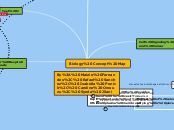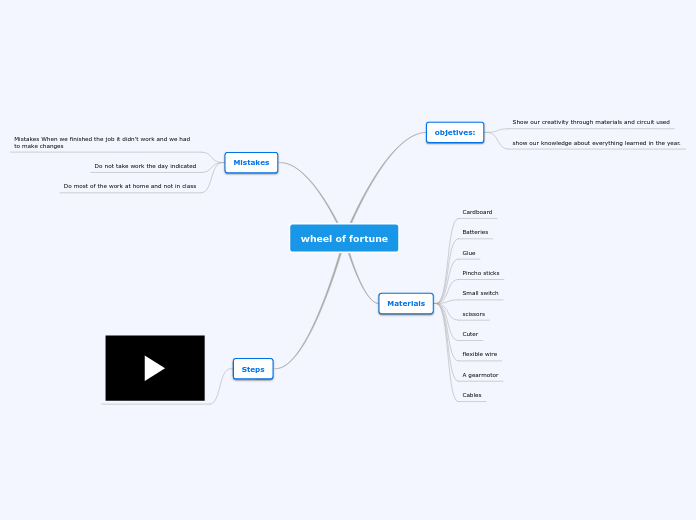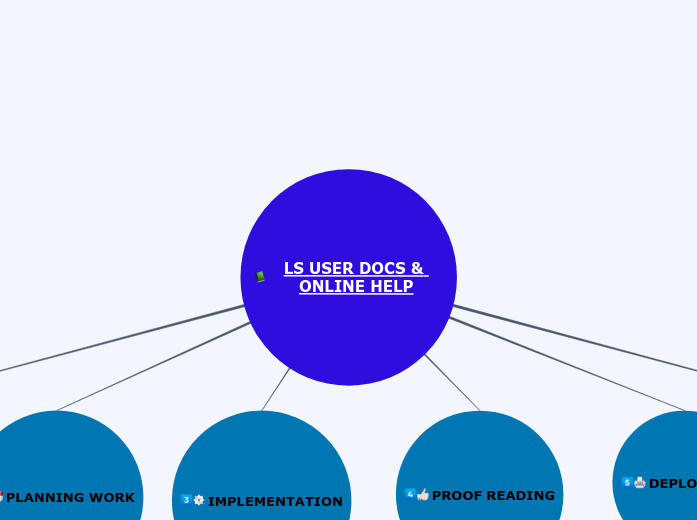Ch.9
Hydrogen Bonding
By : Tammi Watts
Stormy Hutchinson
Nitrogen-containing bases protude inward from sugar-phosphate backbone
Ladder like structure of the two DNA strands are twisted into Double Helix
Complemtary base pairs
G bonds with C
A bonds with T
Hydrogen bonds held certain nitrogenous base pairs together
DNA is a Double Helix
DNA is made of two strands of Nucleotides
Sugar-Phosphate backbone
Phosphate portions
Deoxyribose
Discovered DNA as
consist of repeating subunits
Is Helical,and twisted like a corkscrew
Has Uniform diameter of 2 nanometers
Long Chains
Roslind Franklin and Maurice Wilkins studied DNA structure using X-Ray scattering
Genes and DNA
DNA
Each Nucleotide has 3 components
One of Four Nitrogen bases
Biochemist E. Chargaff determined DNA structure
G=C
A=T
"Chargaffs Rule" 1940
Cytosine
Guanine
Adenine
Thymine
Deoxyribose Sugar
Phosphate Group
DNA is made of chains of small subunits called Nucleotides.
Genes
Part of Structures called Chromosomes
Chromosomes are made of DNA and Proteins.
Carry herritable information
Discovered in 1800's
Transformed Bacteria revealed the link between Genes and DNA.
F. Griffith worked with 2 strains of Streptococcus Pneumoniae Bacteria.
Living R stain bacteria were transformed by genetic material released by the S strain
Avery,Mcleod, and MCarty (1940's)
The transforming molecule from the S strain was DNA
Strain R did not cause pneumonia.
Strain S caused pneumonia when injected into mice, killing them. He then made a sample of heat-killed S Strain and mixed it with R Strain....this combination caused death as well through pneumonia.
By
Sammy
Kendra Slaton
Stormy Hutchinson
Tammi Watts
Mutations
Types of mutations
Translocation
a chunck of DNA (often very large) is removed from one chromosome and attached to another
Inversion
A piece of DNA is cut out of chromosome, turned around,and reinserted into gap
Deletion Mutation
one or more nucleotide pairs are removed from the DNA double helix
Insertion Mutation
one or more nucleotide pairs are inserted into DNA double helix
Point Mutation
individual nucleotide pairs are removed from the double helix
Mistakes
DNA is damages in a number of ways
UV light from sun causes DNA damage
DNA damage leads to uncontrollable cell division and skin cancer.
Certain chemicals (componets of cigarette smoke)
Spontaneous chemical breakdown at body temperature
Proofreading
DNA repairs enzymes "proofreading"each new daughter strand
replacing mismatched nucleotides
Replication
DNA polyerase mismatch nucleotides once every 10,000 base pairs
DNA Replication
Duplication of a parent cell DNA is called Replication
Hydrogen bond bases are broken
DNA Polymerases position Free Nucleotides across complementary nucleotides
If one strand reads ATG, the other reads TAC
The two resulting DNA molecules have one old parental strand and a new strand (semiconservative replication)
Cytosine pairs with Guanine
An Adenine on one strand pairs with thymine on another strand
Base paring is the Foundation for DNA replication
A second strand of new DNA is synthesized along each seperated strand .
DNA replication begins when DNA helicases seperate the two strands
Each of two daughter cells gets an exact copy of parents cells genetic information.
Cells reproduce by dividing in half
All cells come from pre-exising cells
DNA Encodeing
Within a DNA strand, Four types of bases can be arranged in any liner order,and this sequence is what encodes genetic information.
The genetic code is analogous to languages
A 10 nucleotide sequence can code for greater than 1 million different combinations
The sequence of only four nucleotides can produce mant different combinations
The binary language of computers uses only two "letters"
"on and Off"
0 and 1
Hawaiian has 2 letters
English has 26 letters
small sets of letters combine in various ways to make up different words









